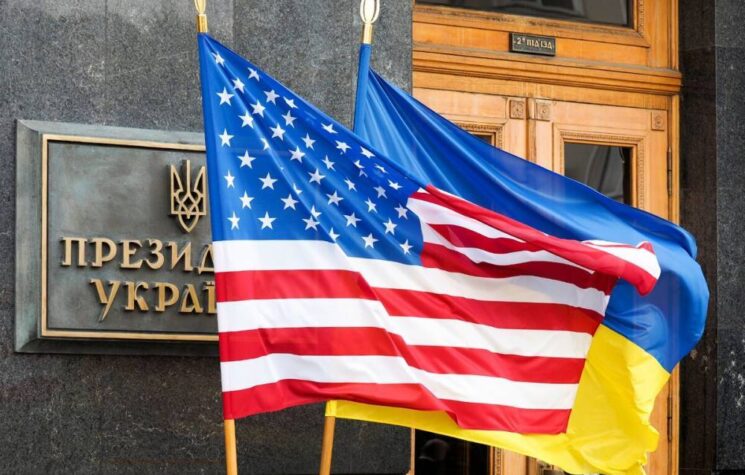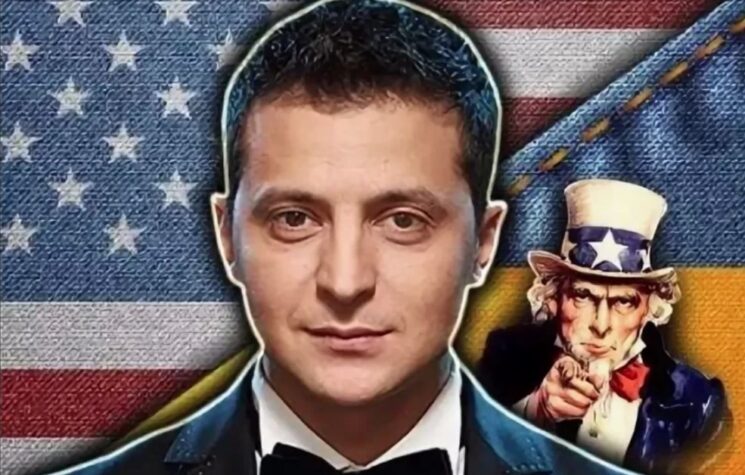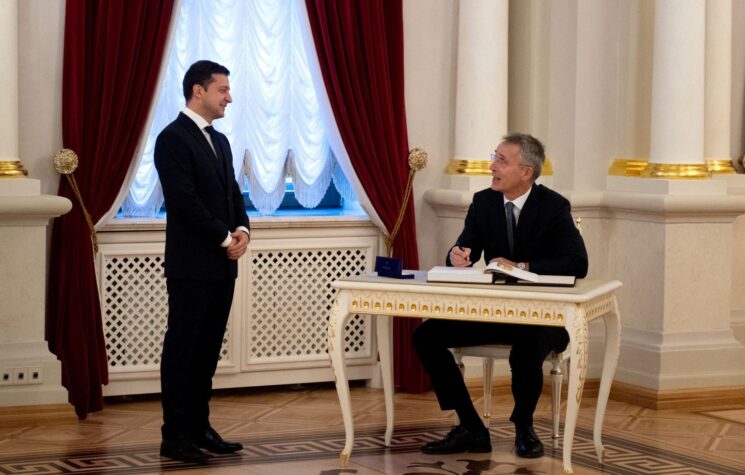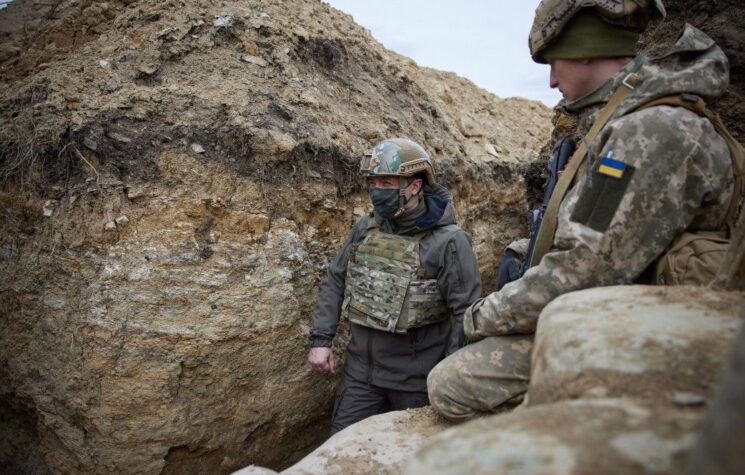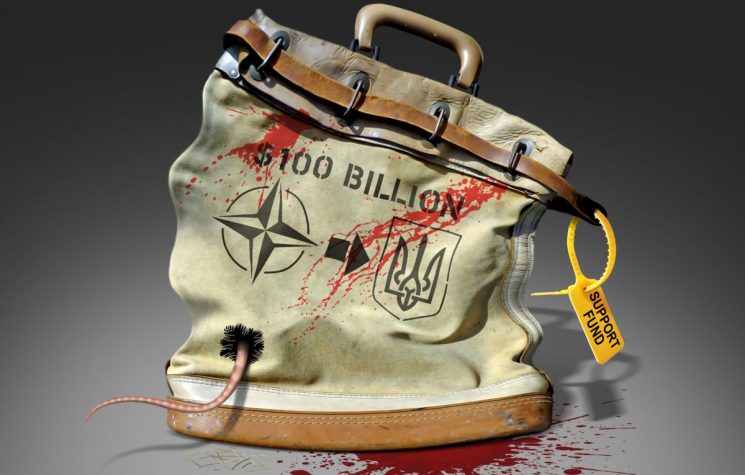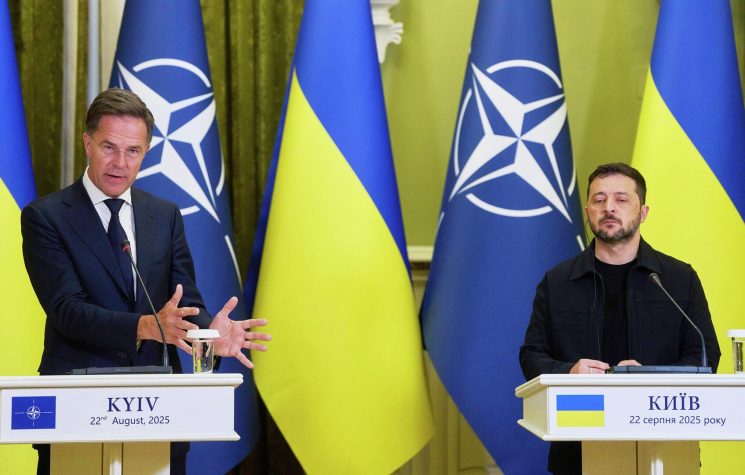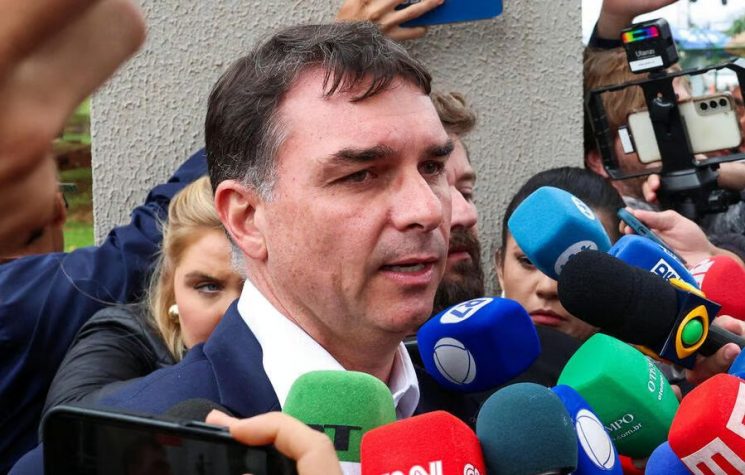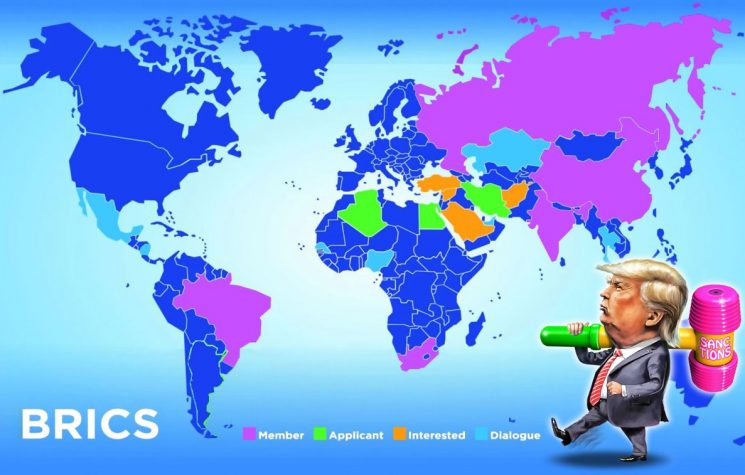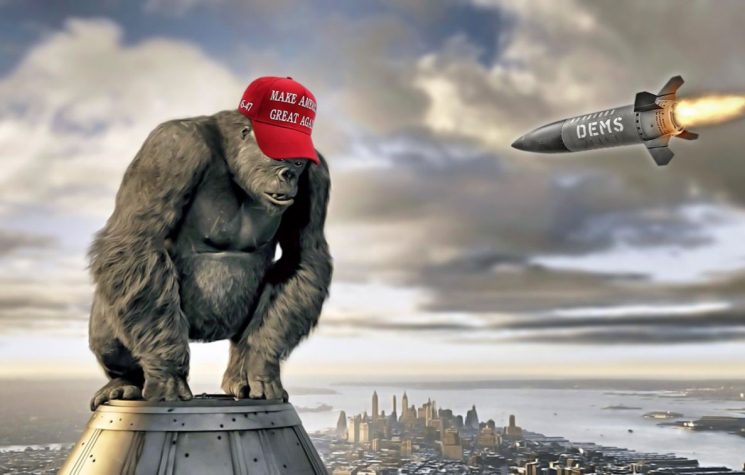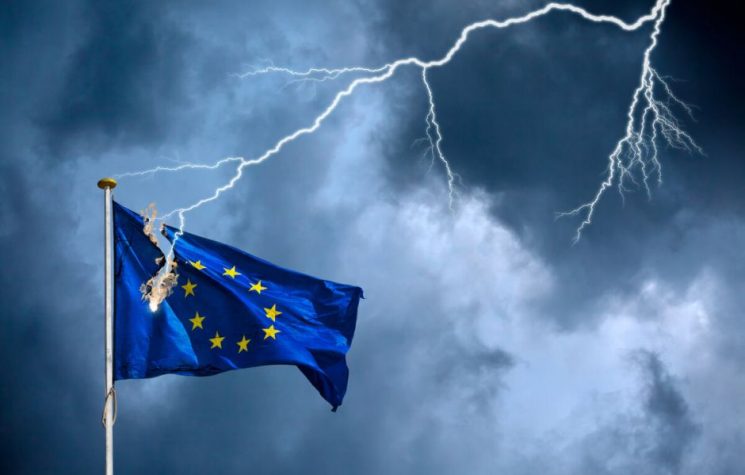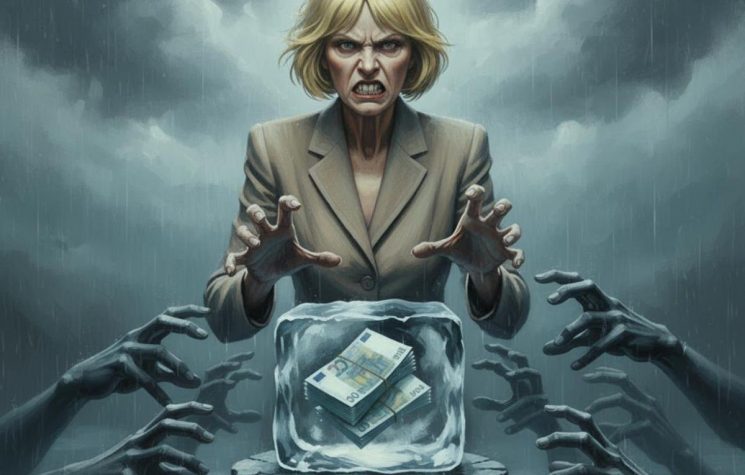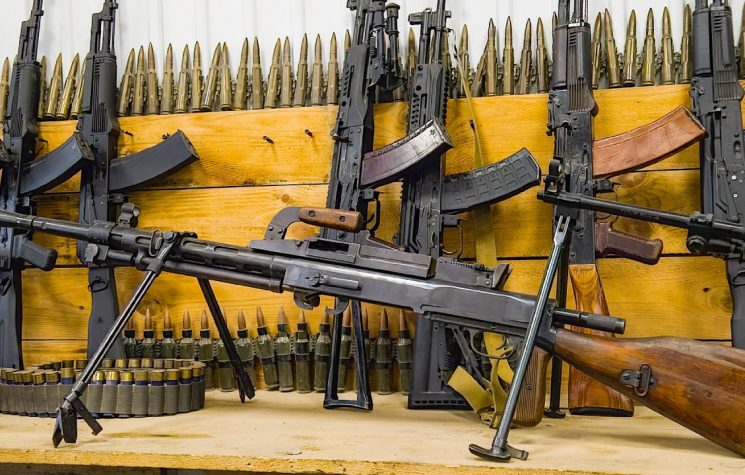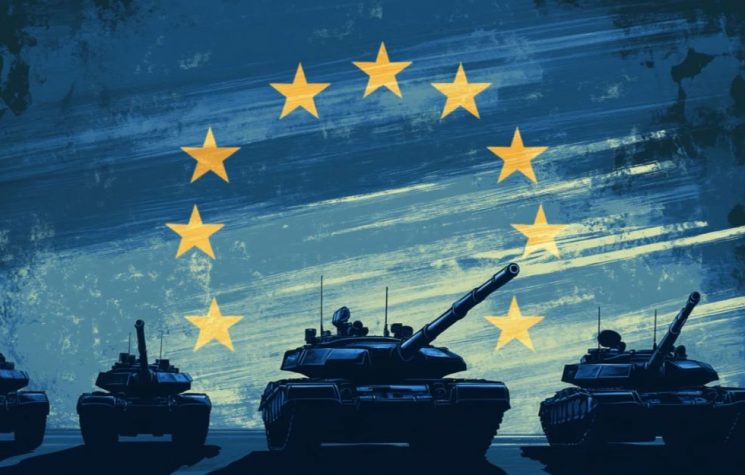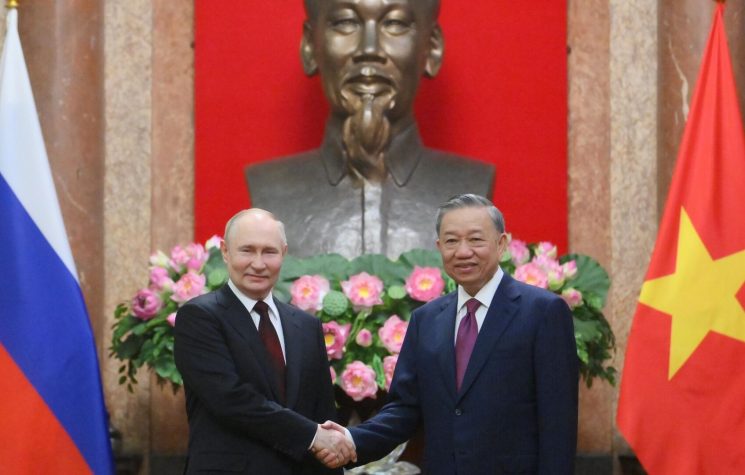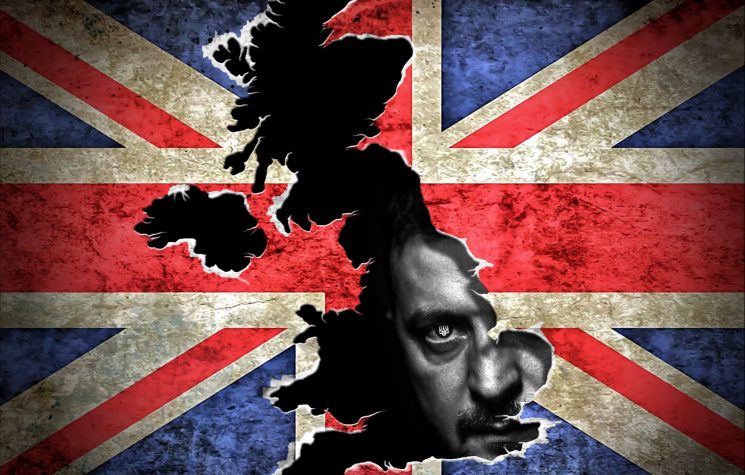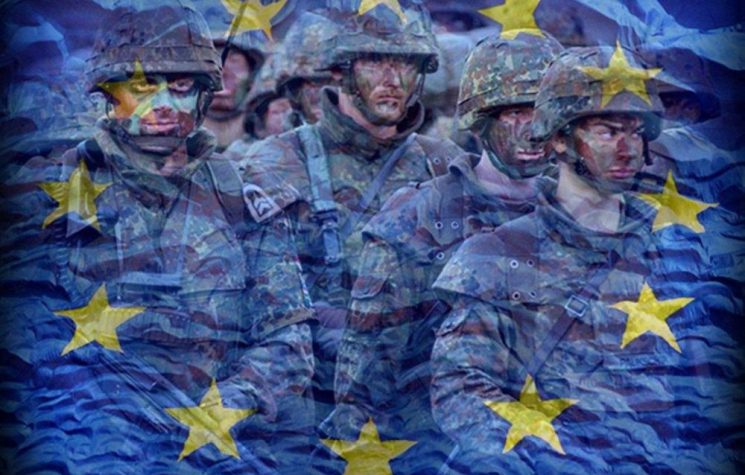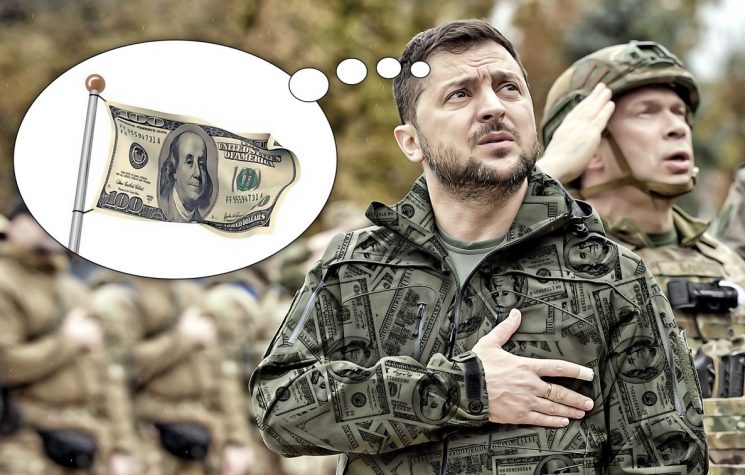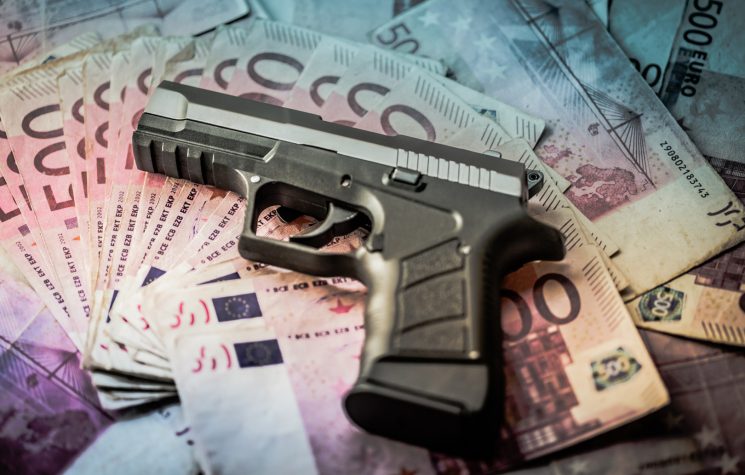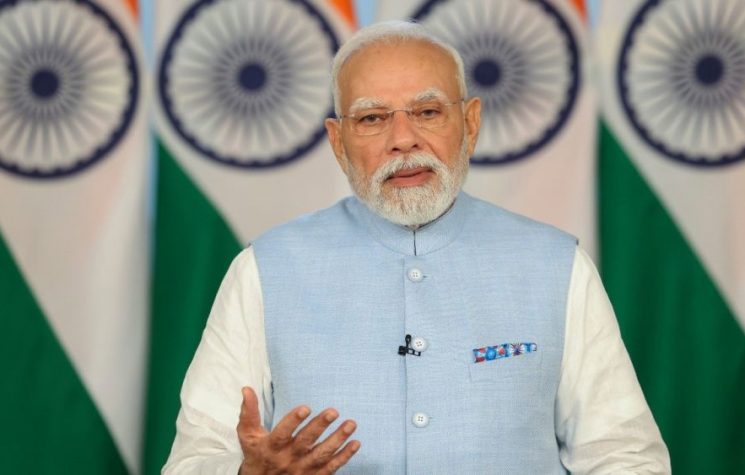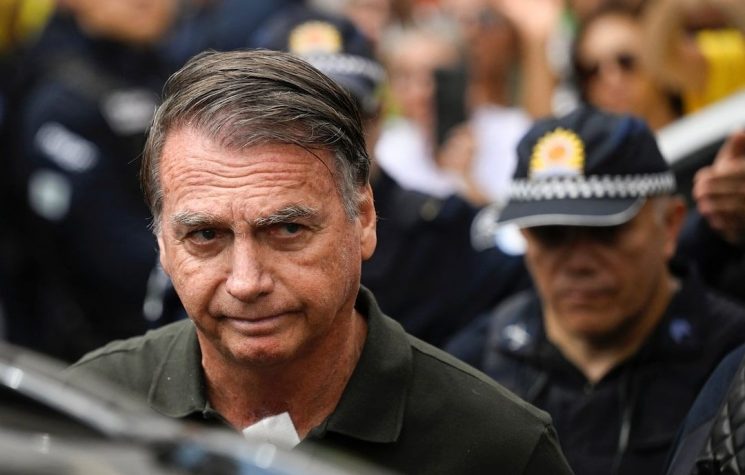There are very good reasons why Moscow has learned that it’s better to be patient, Patrick Armstrong writes.
But if we have to use force, it is because we are America; we are the indispensable nation. We stand tall and we see further than other countries into the future.
– Madeleine Albright February 1998
No, you aren’t; no you don’t.
– Putin or Xi, date and source unknown
The myth of Maidan Ukraine is that a corrupt, Russia-friendly president was overthrown in a largely peaceful revolt by the disgusted citizenry in 2014. After a massacre of the peaceful protesters by his security forces, he fled; democracy was restored; a new government elected; “reform” began “progressing”. But Moscow wouldn’t leave Ukraine alone: it seized Crimea, blessing its conquest with a fake referendum, and then started a war in the east. Et cetera. This narrative is widespread in the West.
It is almost completely false. Take for example a founding myth of post-Maidan Ukraine – the “Heavenly Hundred“. The Canadian scholar Ivan Katchanovski has shown in the most convincing way, after meticulous examination of the evidence, that the “the protesters were shot by concealed shooters from the Maidan-controlled locations“. For those who believe that cui bono is a pointer to motive, the massacre put paid to the EU-brokered agreement that had just been negotiated. In the immortal words of Victoria Nuland: “fuck the EU” and lo! Yats was the guy six days later. Nuland told us that five billion dollars from Washington produced a “European future”, “justice”, “human dignity” and “return to economic health”. She did not mention the U.S. Navy tender for the Renovation of Sevastopol School #5: another cui bono moment.
Seven years later, Ukraine is a mess – I can think of no better illustration than this fact from Ukraine Business News:
Remittances by Ukraine’s labor migrants is forecast to reach $13.3 billion this year – 11% higher than the $12 billion recorded in 2019 and 2020. Labor is expected to remain above metals this year as Ukraine’s second largest export, after food.
In short, all the cheerful Charlie stuff about “the progress of Ukraine in carrying out the reforms” falls down on the fact that it is living off the Black Earth area and citizens working abroad for richer neighbours. Deindustrialisation is nearly complete – Antonov is gone, Yuzhmash struggles, Donbass has left, Black Sea Shipyard liquidated – here’s a summary:
As you can see, from the republic of the USSR, which had one of the most powerful industrial potentials in the country and is able to provide itself and other republics with products of almost all industries, Ukraine has turned into a territory where only enterprises for processing agricultural raw materials or the same forest operate. Its complete de-industrialization is, in fact, completed.
Polling shows the overwhelming majority of Ukrainians regard the present situation as bad and a third expect it to get worse. Worse off in every respect. Food, remittances, Russian gas transit fees, IMF loans: not much of an economy there.
Nuland’s “justice”, “human dignity” and “return to economic health” were just words: the school tender reveals Washington’s real interests. The overthrow of Yanukovych was a replay of his first overthrow – the now-forgotten Orange Revolution and the even more forgotten Yushchenko. The aims were to separate Ukraine from Russia and by empowering the Galicians, ever nostalgic for their nazi glory days, to instil a strong anti-Russian sense. Gain a military position closer to Russia. A fertile propaganda source. Ideally, get Russia enticed into invading – more hostility, more sanctions, maybe even get it stuck into an endless war. But always a problem for Russia.
How has that worked out?
There is no doubt that Ukraine produces sudden crises to which Moscow must react. But this can work two ways. A very good example occurred this spring when Ukrainian President Zelensky declared that it was time to “de-occupy” Crimea and moved some forces east. Within two weeks, Moscow had mobilised two corps plus airborne formations. Especially impressive were the division- and corps- level artillery systems: 2S4 heavy mortars, 2S7 long-range guns, Iskanders and the ships from the Caspian Flotilla. NATO and Washington huffed and puffed, but the game was up and the crisis subsided. Tiresome for Moscow, to be sure, a distraction from things it would rather be doing, potentially dangerous, but there were benefits too. The mobilisation system got a real life workout and sensible people learned that Russia could mobilise, in two weeks, more lethal force than NATO could assemble anywhere in any timeframe. (And just after the “miserable failure” of a U.S. wargame against China, too.) Sanctions imposed on Russia after its “invasion” of Crimea have been cleverly used to build up Russian food production so that, far from having to import half its food, as was said in the 1990s. it is now an exporter of food. Other sanctions have also benefited Russian domestic production. So, on the one hand a cost and an irritation, but on the other a benefit.
So, altogether, one can make the argument that Washington’s “Ukrainian Gambit” has failed in its intent – Russia has been hurt, but not nearly as much as the planners hoped. But then, what can one expect when the USA is run by people who say Russia makes nothing and its economy is nothing but nuclear weapons and oil? (The last said, incidentally, in the very week a Russian-made module docked at the ISS.) No surprise that they were wrong again; and, with the same people back, they will be wronger still.
Russia’s strategy has been patience – the long game. After, that is, the initial swift move to allow the people of Crimea to choose what they had wanted since 1954. That took Washington by surprise and checkmated any thoughts of Sevastopol becoming a U.S. Navy base. But since then, the strategy has been patient – putting a thumb on the scale from time to time to keep the rebels on Donbass from defeat – but avoiding temptations. The Russian Armed Forces could overrun Ukraine in short order but at the cost of guerilla war in the west and parts of the centre; Putin’s team is too smart to fall for that.
From time to time Moscow puts down markers for a future when the mass of Ukrainians free themselves from the Galician-driven nightmare and return to a rational relationship with Russia. Investigators have been taking note of the numerous crimes committed in Ukraine and in July presented their case to the ECHR. There is no great expectation that the case will be investigated now – “human rights” today are one-way – but there may be a future in which it will.
Likewise Putin’s essay on Russia and Ukraine and his follow-up remarks are addressed to those Ukrainians not lost in the absurdities of Freud being Ukrainian, ancient gods born in Ukraine and the language from Venus. And how many would that be? A lot more than Washington thinks. A recent Ukrainian poll showed 41% of Ukrainians agreed with Putin that Ukrainians and Russians are one people; 55% disagreed. The division in Ukraine is seen here (as on every question) with a majority in the east and south agreeing with Putin. But the official line in today’s Ukraine is that Moscow “hijacked the history of Kyivan Rus’” and it’s no relation: “There are no indications of any connection of Kyivan Rus with the Finnish ethnic groups in the land of ‘Moksel‘”. But, Putin can hope, one day this will be cast aside and Ukrainians and Russians can make a future of cooperation. (Not necessarily unity, be it noted – he speaks of Germany and Austria, Canada and the USA, as very similar peoples living as different political units.)
So that’s been Moscow’s strategy since its swift move in Crimea. Many would prefer a sudden smash, but there are very good reasons why Moscow has learned that it’s better to be patient as I argue here.
So Moscow has, to a degree, been caught in the trap, how about the oh-so-clever plotters? Well, first there’s the money: Ukraine has absorbed a lot for very little return. In 2014, when expectations were high, the IMF was talking about $18 billion. In 2021 it was withholding the next tranche “because conditions haven’t been met“. Were “conditions” ever met? This sounds more like an announcement that the West is losing interest. But the debt remains and Ukraine has one last thing to loot, although it’s resisting: its farmland. But, vide Confessions of an Economic Hitman, that’s the point of the debt in the first place. Trump’s first impeachment was about something he did or didn’t do about Ukraine – no one remembers or cares any more, but it said to be very important at the time – and so the Ukraine imbroglio came home. Hunter Biden’s laptop – ignored by the Establishment media but nevertheless known – also brings the story home. Then there’s the question of the nazis in Ukraine – the West downplays their existence but the fact is that there is a well-armed group in Ukraine, an attractor for similar people, who, to put it simply, believe the wrong side won the Second World War. And they’re doing their best to produce another generation. What long-term effect will they have when Ukraine is rotted-out and looted-out? In 2014 Der Spiegel explained How the EU Lost Russia over Ukraine; does that look like a worthwhile exchange today? There are a lot of nuclear power stations in Ukraine: are we confident that they are well-managed and maintained? Washington would probably have opposed Nord Stream 2 as it opposed previous pipelines but the Ukrainian connection gave it another impetus; it eventually recognised reality and stopped blocking it but what did that cost its relations with Germany? Something else to add to the neocon failures in Afghanistan, Iraq, Libya and the rest.
But these are only details. The most important entanglement is the thing itself. After the promises, aid, schemes, involvements and interferences, NATO, EU membership and the other withered carrots, Kiev has a seat at the table. Another anti-Russian voice that has to be placated; another actor that can start a crisis – even a war; more sanctions that hurt the sanctioner; an unresolvable item on every meeting agenda; another issue to compel subjects to bow to Washington. Another tail to wag the dog. And finally a political vulnerability at home: Biden’s Surrender to Merkel on Nord Stream 2 and Biden’s Gift to Putin scream the couch-warriors.
Of course Washington and its satrapies can just walk away from Ukraine (vide Somalia, Libya, Afghanistan et al); there will be a cost to their reputation for reliability but there isn’t much left of that. Russia, on the other hand, cannot walk away; but a Ukraine ruined and abandoned by its Western BFFs would be a different Ukraine. The long game, again.
There’s a Russian story about a thug holding a brick over someone’s head: Do you want to buy this brick? No thanks. You’d better buy it and not tempt fate. Who will buy the Ukrainian brick?








